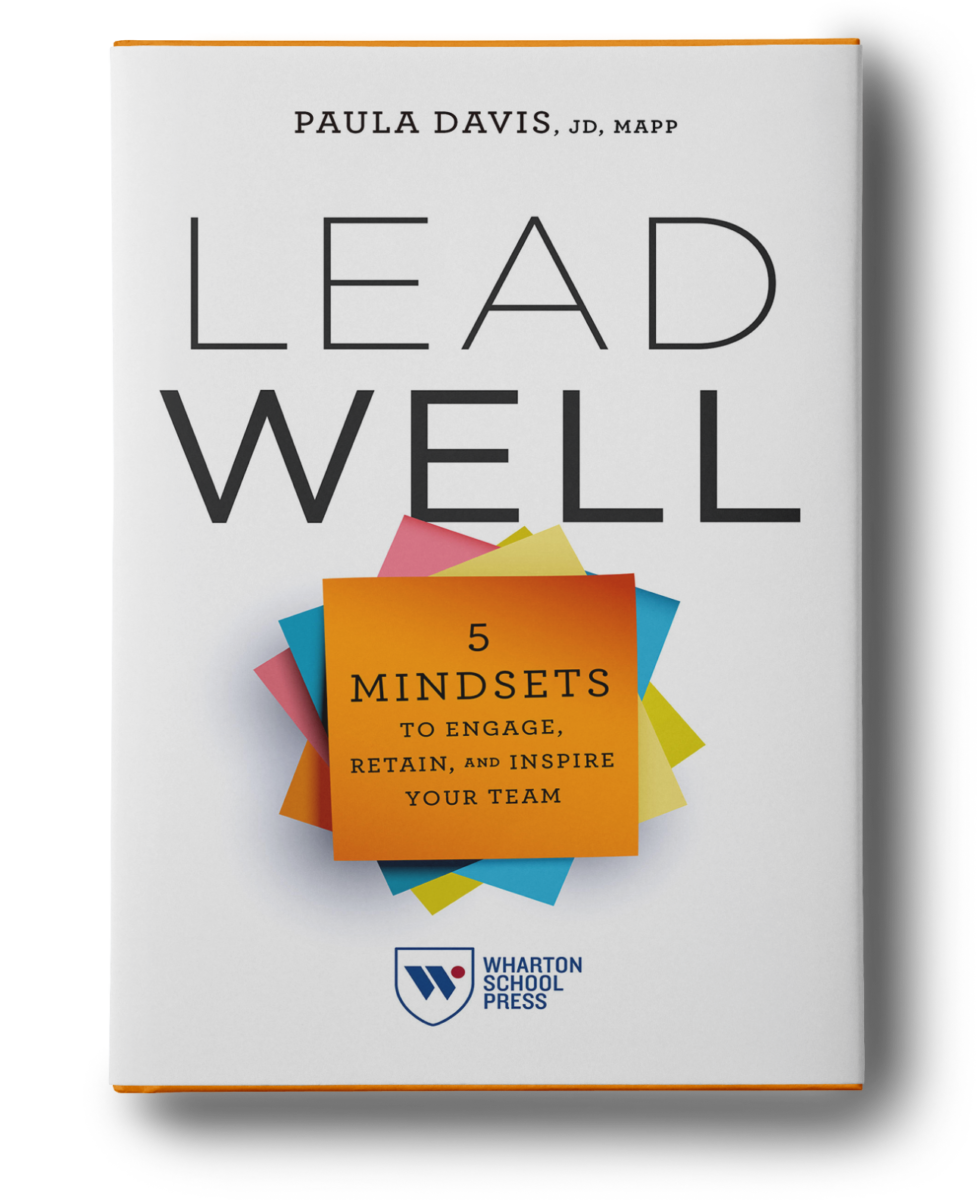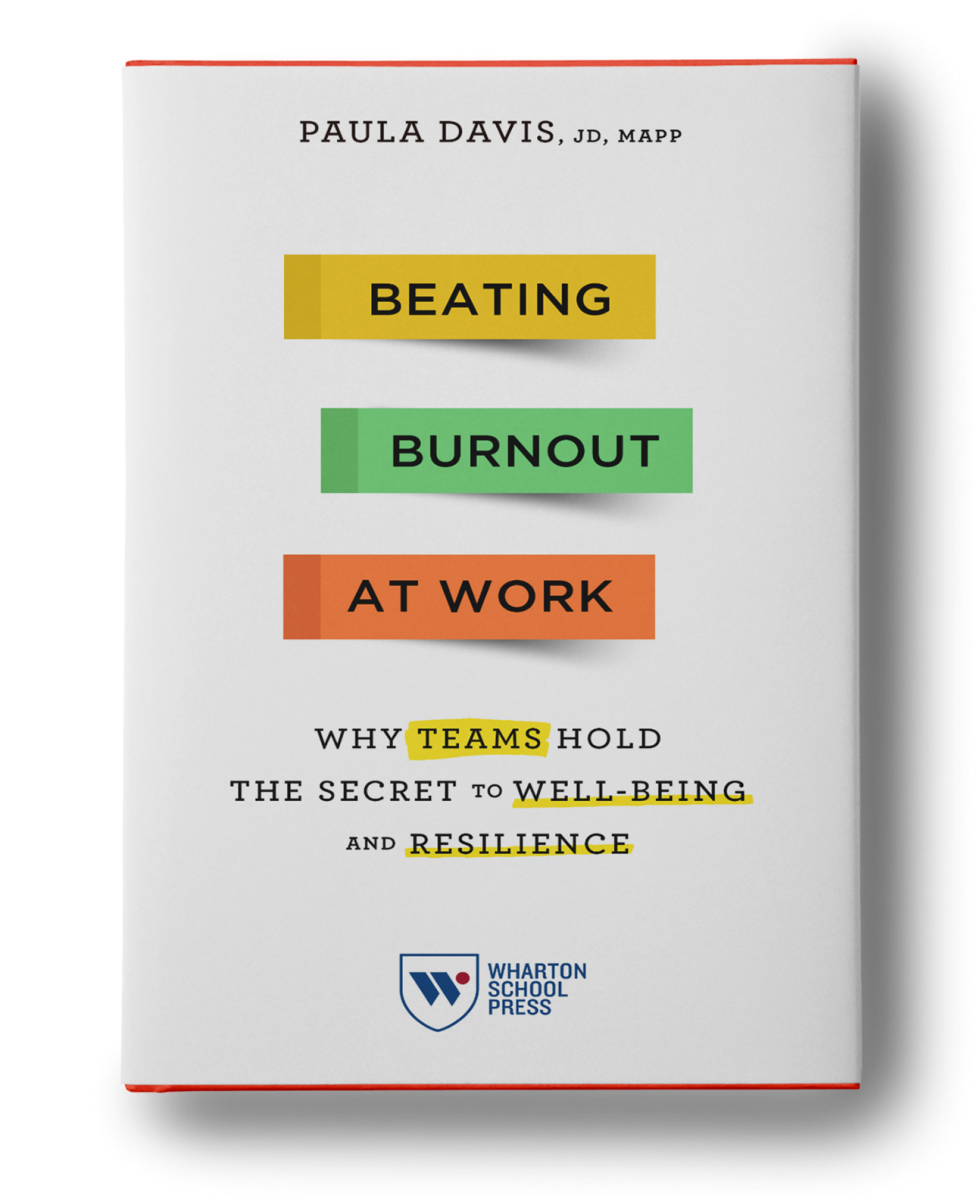Employees are the essential building block of any organization. My parents owned a plastic injection molding company for fifteen years, and this was the biggest lesson I learned from working in their business: “When you care about people more than money, you make more money.” In today’s workplace, focusing on organizational outcomes is only one part of the success equation; organizations need to also prioritize employee well-being in order to be sustainable. The combination of the two leads to a psychologically healthy workplace where an organization (a) establishes trust and respect among its members; (b) values employee contributions; (c) communicates regularly with its employees; and (d) takes employee needs into account when creating new initiatives.
Over the past decade, researchers have identified five practices that regularly emerge in a psychologically healthy workplace:
Practice 1: Employee Involvement And Autonomy. Employees who are highly autonomous are self-governed and have a great deal of say in how they spend their time and the types of projects they accept. Having an autonomy-supportive supervisor or manager is strongly tied to well-being, while working with a boss with a more controlling style is predictably de-motivating. Importantly, autonomy-support can be taught and research shows that even formerly controlling teachers can be trained to provide better autonomy support to students. Businesses that supported an autonomous workplace grew at four times the rate of control-oriented companies and had one-third the turnover.
Leaders can become more autonomy-supportive by showing responsiveness to people’s perspectives, using non-controlling language, and offering opportunities for choice.
Practice 2: Work-Life Integration. At most organizations, the idea of having some type of work-life balance is a myth. I see this frequently in my work with lawyers and law firms. One respondent to a survey of more than 400 lawyers who have left at least one legal employer said, “I was missing out on a lot of life to make my billable hours requirement. To retain me, the firm would have had to totally rethink its business model and do away with a culture of billable hours and bravado.” Many firms have implemented flexible work policies, but the success has been mixed. According to this same survey, nearly 74 percent of lawyers who said they tried working part time felt stigmatized in some way.
Work and personal time are blended for most busy professionals, so why not acknowledge that and provide employees with greater flexibility? Specifically, organizations can include employees’ significant others in after-work activities, use the workplace as a conduit for connecting employees to non-profits in their community and express appreciation directly to an employee’s family.
Practice 3: Employee Growth And Development. Mastery is your desire to get better and better at something that matters to you. Law schools and law firms can promote a sense of mastery by allowing students and lawyers, respectively, to have more flow experiences. Flow is a term coined by psychologist Mihalyi Csikszentmihalyi to describe a person’s optimal balance between boredom (the task falls short of our capabilities) and anxiety (the task exceeds our capabilities). It is the mental state where people feel like they’re “in the zone,” engaged and working in their sweet spot. In addition to creating the opportunity for more flow experiences, managers can remove barriers to effective performance and provide regular feedback.
Practice 4: Employee Recognition. My first year of law school was a wholly unpleasant experience. I had no idea what I was doing, my professors were teaching me a new way to think about issues based on fact patterns in archaic cases, and I was burned out. I clerked for a judge during the summer after my first year, and my confidence was at an all-time low. He assigned me a complex project that required a lot of time and effort, and after I turned it in for his review, he left me this note: “The Wrigley report was excellent. Keep up the good work.” I still have that note tacked on a bulletin board, because it gave me the confidence to think that I might actually be able to practice law.
According to psychologist Ron Friedman, being recognized feels so good because it’s a true sign of belonging. Research suggests that while we adapt to money pretty quickly, we never quite get used to feeling respected.
Practice 5: Health And Safety. This practice includes programs that encourage and support healthy lifestyle and behavior choices, like nutritious meals, smoking cessation programs, and onsite fitness facilities; however, it also includes psychological safety. In her early research, Harvard Business School professor, Amy Edmondson, looked at team dynamics in hospitals. When she reviewed her data, she noticed what appeared to be an odd trend – that the nurses who had good relationships with their colleagues seemed to make more errors. What Edmondson eventually discovered was that the nurses in the tight knit groups didn’t make more errors, they reported more errors. Why? They felt psychologically safe in doing so. When a work environment feels psychologically safe, failure and mistakes are viewed as part of the learning process. When the consequences of reporting a mistake become too severe, employees simply avoid acknowledging mistakes at all.
As the world of work gets more complex, organizations need to take a comprehensive approach to creating a work environment where both employees and the organization can flourish.
Want to know more? Download my free “Is It Stress or Is It Burnout” strategy guide here. You can also learn about our speaking and training programs here.
[/fusion_text][/fusion_builder_column][/fusion_builder_row][/fusion_builder_container]






